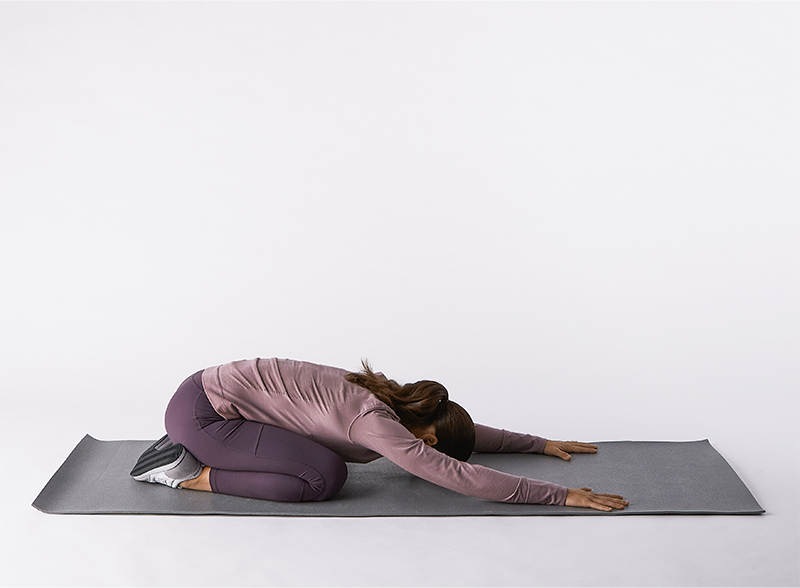Cómo hacer la postura del niño: una guía de Hinge Health
Aprende a hacer la pose del niño para ayudar con la movilidad y la flexibilidad, además de modificaciones para hacerlo más fácil o más difícil.
$0 costo para usted
Última actualización: Mar 28, 2025
